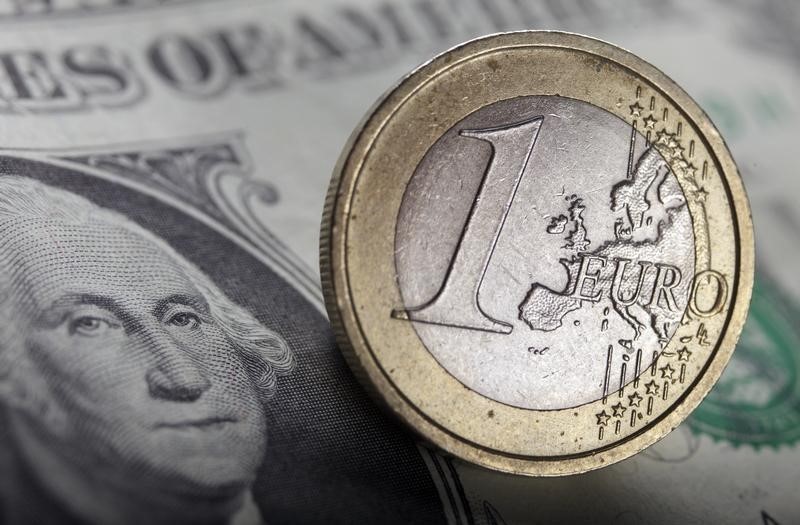By Peter Nurse
Investing.com - The dollar fell further in early trading in Europe Friday, as the likely passage of a $2.2 trillion U.S. package helped soothe worries of a global recession following the coronavirus outbreak and also looked set to increase the Federal Reserve’s balance sheet substantially.
At 3:55 AM ET (0755 GMT), the U.S. Dollar Index, which tracks the greenback against a basket of six other currencies, stood at 99.565, rebounding a touch after sharp losses overnight.
It is trading below the 100 level for the first time since March 18.The index is down some 4% from a week ago. If sustained by the end of U.S. trade, that would mark the biggest weekly decline since 2009.
EUR/USD traded at 1.1020, down 0.1%, while USD/JPY fell 0.6% to 108.89. The pound also hit its highest level against the dollar in 10 days, rising as far as $1.2256 overnight. It subsequently eased back to $1.2203.
The $2 trillion U.S. stimulus package is expected to be voted by the House of Representatives later Friday, and Federal Reserve Jerome Powell - while conceding the U.S. "may well already be in a recession" - insisted the central bank still had plenty of ammo after it ramped up its bond-buying program earlier this week.
This has raised expectations that the central bank is looking to add to its recent stimulus packages - especially after an unprecedented rise in U.S. jobless claims underscored the virus' impact on the economy.
“It is interesting that the U.S. spending package includes more money to the Exchange Stabilization Fund, which U.S. Treasury uses to inject money into the Fed’s various credit programs,” said analysts at Danske Bank, in a research note. “This means the Fed’s various credit programs can be expanded significantly if needed.”
New data for the Fed’s balance sheet shows an increase of $586 billion to $5,254 billion, a new record high, due to the Fed’s new credit and liquidity programs and increased bond purchases, Danske added. “The balance sheet is expected to rise much further in the near future for the same reasons.”
The EUR/USD pair has broken above 1.10 and in the short run it may trade in the 1.10-1.12 range, Danske said.
“We continue to see coronavirus numbers peaking over the next few weeks, financial stress is coming down with the economic help from global fiscal policy.”
